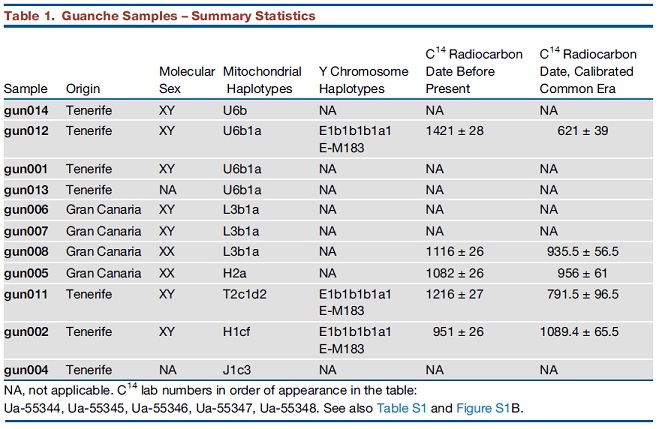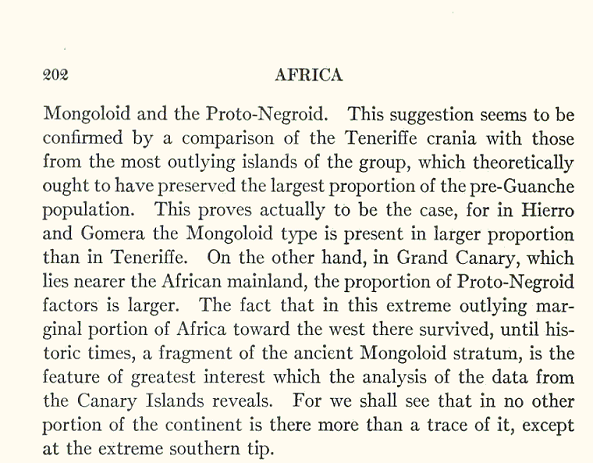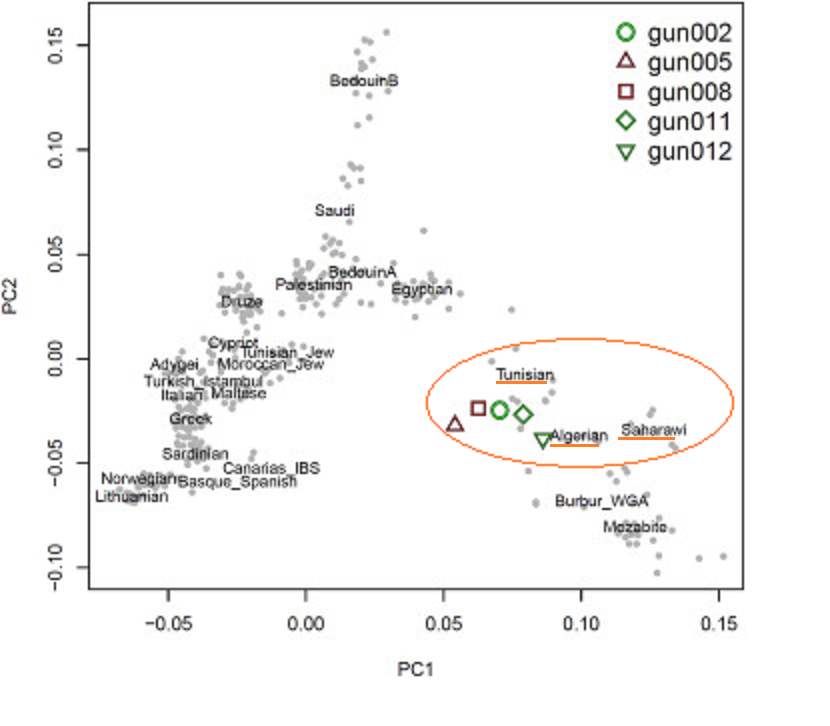code:
site Long. lat. Date (bp)
Adrar Bous 20.36 9.02 7180
Arlit 18.73 7.72 5970
Bir Kiseiba 22.68 29.92 10100
Boû Khzâmâ 16.75 -7.25 4000
Chami A2 20.12 -15.97 4000
Chin-Tafidet 17.45 6.27 3650
Dakhleh Oasis 25.49 28.98 7800
Dhar Tichitt 18.50 -9.50 4260
El Nofalab 15.86 32.54 6080
El Zakiab 15.75 32.56 6130
El-Kadada 18.15 33.95 5500
Enneri Bardagué 22.50 16.50 8260
Esh Shaheinab 15.83 32.50 5300
Fayum A sites 29.54 31.01 7350
Gajiganna A, B 12.27 -13.20 3350
Gilf el Kebir 23.44 25.84 7810
Gobero 16.88 9.12 5900
Grotte-
Capeletti 35.44 6.27 7400
Haua Fteah 32.89 22.05 6700
Ifri n’ Etsedda 35.08 2.47 7100
Kadero 15.77 32.65 6410
Karkarichinkat 16.86 0.20 4400
Kharga/E-76-7,
E-76-8 25.48 30.63 8730
Khashm el Girba 14.99 35.95 5700
Khatt Lemaiteg 19.20 -14.75 3500
Kintampo R6 8.02 -1.75 3220
Kobadi 15.35 -5.48 3500
Kolima Sud 15.37 -5.33 3270
Lake Turkana 3.5 36.4 4500
Laqiya 20.05 28.03 3770
Mahgar
Dendera 2 25.88 32.36 6275
Meneit 25.10 3.83 5400
Merimde-
Beni-Salama 30.30 30.84 6750
Nabta Playa 22.53 30.70 7940
Ntereso 9.17 -1.22 3190
Red Sea Hills,
Sodemein Cave 26.24 33.97 7050
Shaqadud 16.23 33.34 8300
Tamaya Mellet 18.16 5.42 6300
Tessalit 20.25 0.20 4600
Ti-n-Hanakaten 23.86 10.37 7220
Ti-n-Torha 25.63 10.83 8250
Uan Muhuggiag 24.90 10.37 7000
Um Direiwa 15.50 32.92 6850
Wadi Howar 17.23 25.65 5100
Windé Koroji 15.13 -2.93 4150
![[Frown]](frown.gif) All underwater, washed away, or buried under sediment.
All underwater, washed away, or buried under sediment.

![[Roll Eyes]](rolleyes.gif)






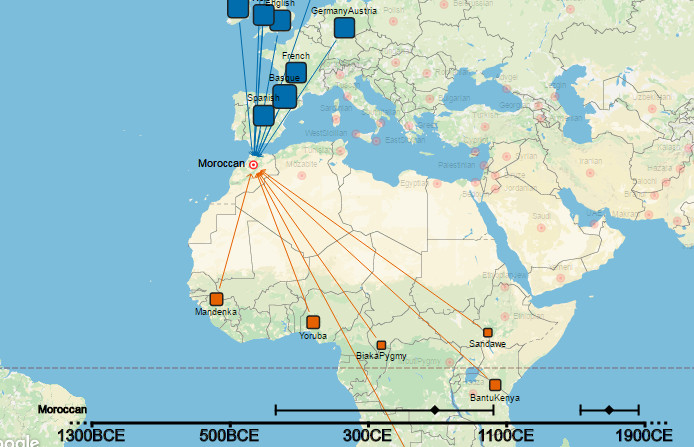








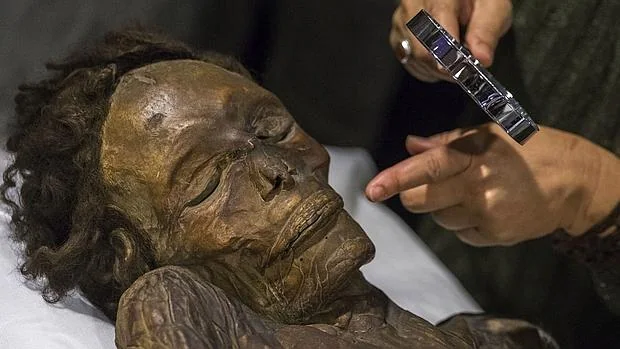

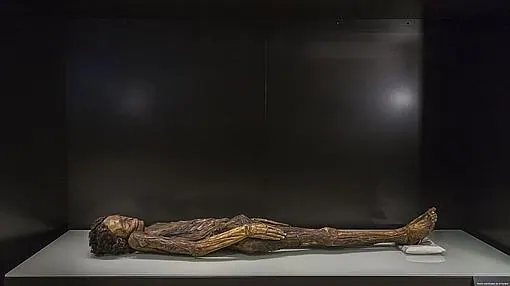


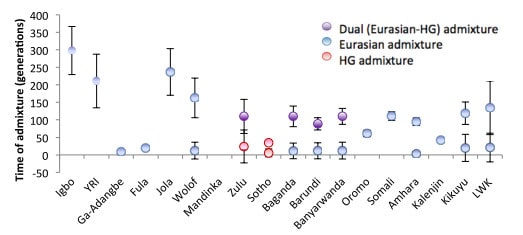
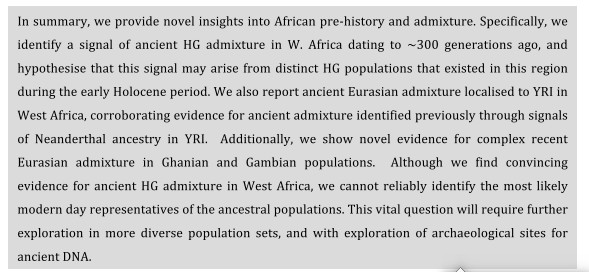

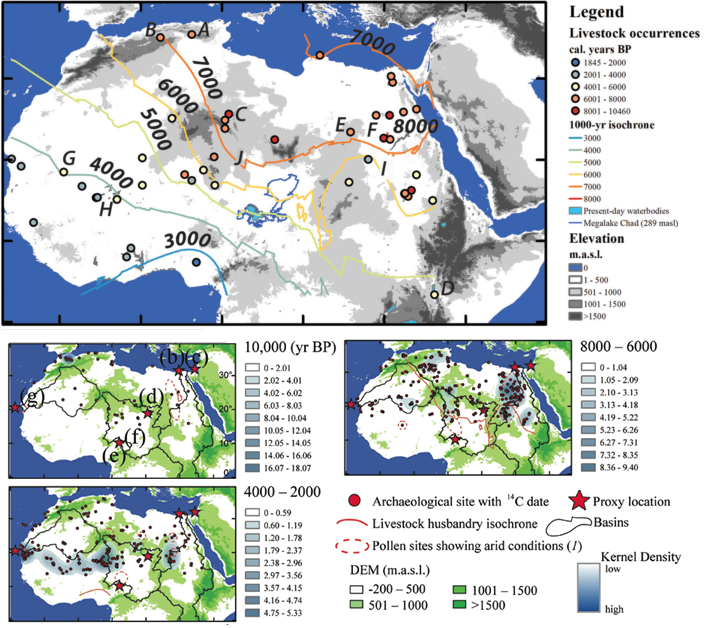

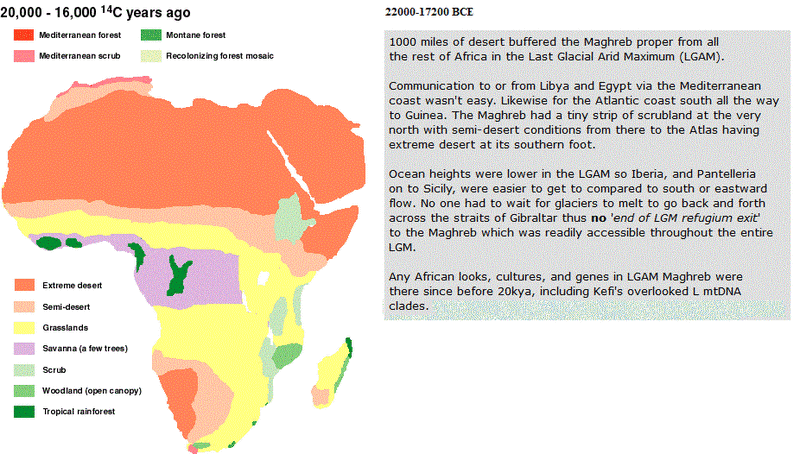



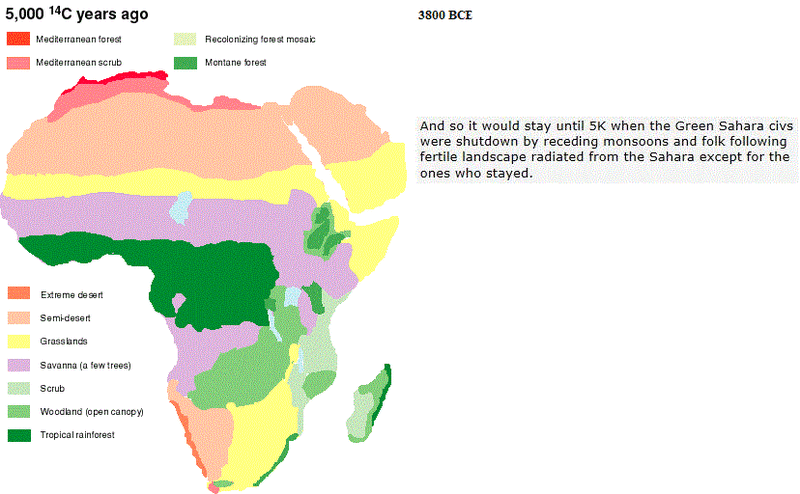

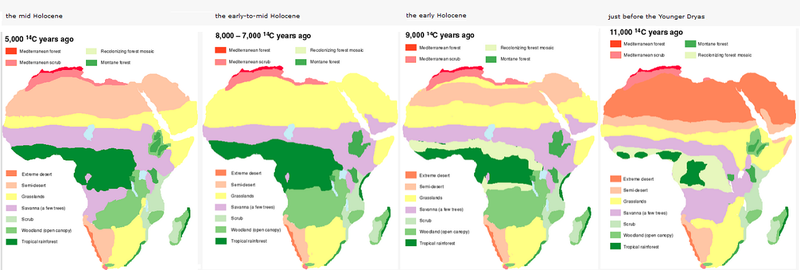 .
.